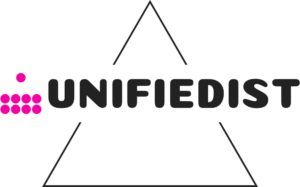Link Building in SEO: Why Is It Important?
Share
In the world of SEO, link building is a significant player. Today, the need for relevance, quality, and authenticity has never been more critical. Link building can drive more organic traffic with solid technical SEO foundations, high-quality content, excellent on-page SEO, and a good user experience.
Link building is the process of getting hyperlinks from an external website linked to your website. It boosts organic traffic, search engine rankings, and trust, especially in competitive niches. Also, 41% of SEO experts say link building is the most challenging part of search optimization, but if you can understand essential link building in SEO, you can master it.
In this guide, you will learn about the importance of link building in SEO, why you need it in your SEO strategy and techniques, and explore the best ways to increase your search rankings.
So, let’s get started!
Why is Link Building Important?
Link building plays an essential and significant role in SEO because links are one of the major ranking factors. Moreover, search engines such as Google look at the number of high-quality backlinks links to a webpage when they crawl.
According to the studies conducted by Authorityhacker, a lot of money back up the belief that links are still incredibly effective 28% of SEO budgets go towards link building.
Linking to the same website more than once is common for one domain; the number of unique referring domains is an important metric. Suppose the search engines use the number of backlinks; sites with a thousand links from only one referring domain would dominate the web.
A case study from Backlinko clarifies the direct correlation between rankings and the number of referring domains. Building backlinks is vital for organic traffic and turning leads into qualified customers. The search engine will rank better when the webpage owns higher-quality links.
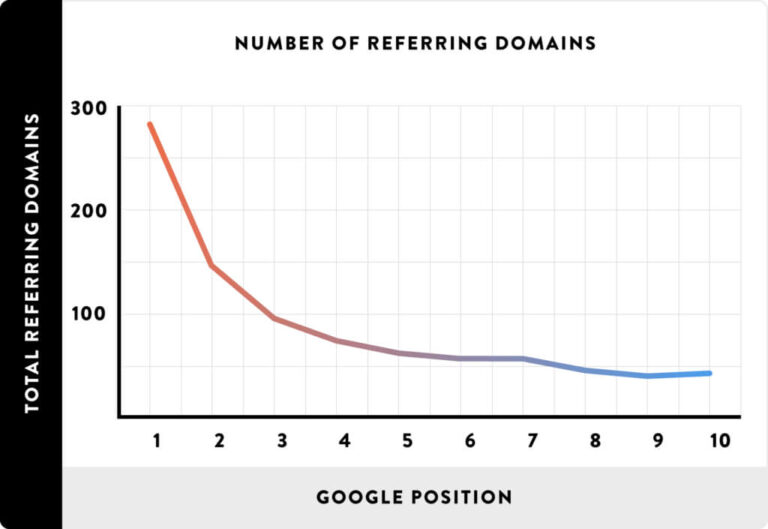
Image Source – Backlinko
Google prefers to rank sites with such content higher in search results because it loves high-quality and valuable content that satisfies the users’ search intent.
How can you implement high-quality links?
Now let’s see how you can make quality links for search engine optimization.
What Makes a Quality Backlink?
In the eyes of Google, there are two levels of backlinks:
Low-Quality
Google considers low-quality backlinks as webspam. These are backlinks against Google’s guidelines that have been created fakely. A low-quality backlink is that they come from websites with low engagement and low traffic.
They are harmful to your site and irrelevant in helping search engines to determine your site’s authority. Links from low-traffic sites usually don’t add much value to your website and are unlikely to be seen by users.
For example, Large social media sites will use “no follow” tags on them, and backlinks from them will not help your rankings.
Avoid wasting your time on easy links on low-quality sites which are irrelevant. Instead, focus your energy and budget on creating quality links.
High-quality
High-quality links ensure the most value, and they are harder to achieve as the editorial standards are often much higher. They are more powerful than thousands of low-quality backlinks.
High-quality backlinks are relevant for users and can naturally send visitors to your websites from reputable sources.
How can you determine the quality of your backlinks? Let’s take a quick look at the best way to know that is to consider a few essential factors,
#1. Page Authority
Page Authority is the first and most important thing to consider in your link-building campaign, the website from which you want the backlink. Page authority is the score that determines rank on SERPs and how will a specific page perform.
The page authority score can range from 1 to 100. If higher this score is, the better the website authority will be. A high-quality link is usually considered a backlink from a high-PA website.
How to Check Page Authority?
Moz developed Page Authority (PA) as a score to forecast how well a specific page will rank on search engine result pages (SERP). Page Authority scores range from 1 to 100. PA with higher scores will attain a remarkable ability to rank.
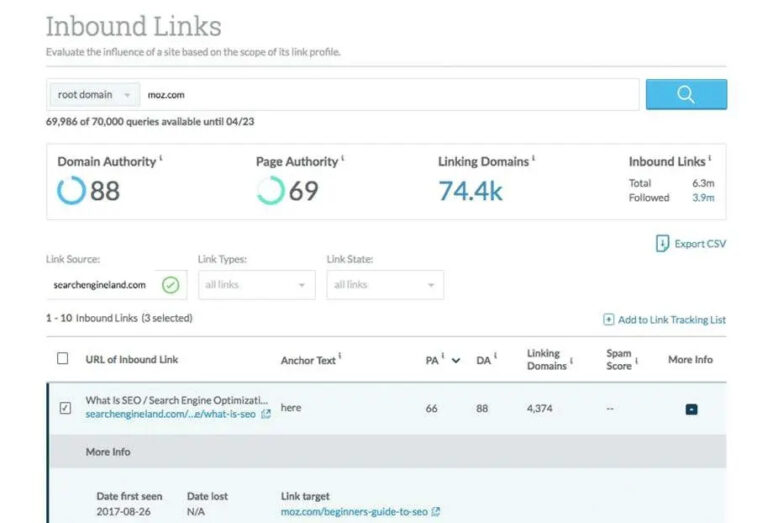
Image Source – Moz
There are various tools that help you to identify the PA of a website.
For example, You can use the Moz link explore to know the website’s page authority.
-
Enter the URL of the page.
-
Click on “Check page Authority.”
-
In just a few seconds, the results will be shown.
Moz claims that,
-
They score (PA) Page Authority on a 100-point logarithmic scale.
-
It is easier to grow a score from 20- 30 than it is to grow from 70 – 80.
-
They constantly update the algorithm used to calculate Page Authority, so your score may fluctuate occasionally.
PA Score above 50 is considered a good score. You might not do that much if you are a beginner, but gradually you can build it.
#2. Domain Authority
Domain Authority (DA) is a metric first developed by Moz that predicts how likely a domain appears on the search engine result page compared to its competitors.
Domain authority (DA) of the website linking back to your site is another significant factor to consider for your link-building strategy.
So, how the DA differs from the PA of the site?
If you’re unsure, here’s the difference,
-
Page Authority (PA) is the ranking strength of a single page.
-
Domain Authority (DA) is the ranking strength of the entire domain.
But the metrics are, calculated using the same methodology, so in many ways, they’re more alike than they are different.
How to Evaluate Page or Domain Quality?
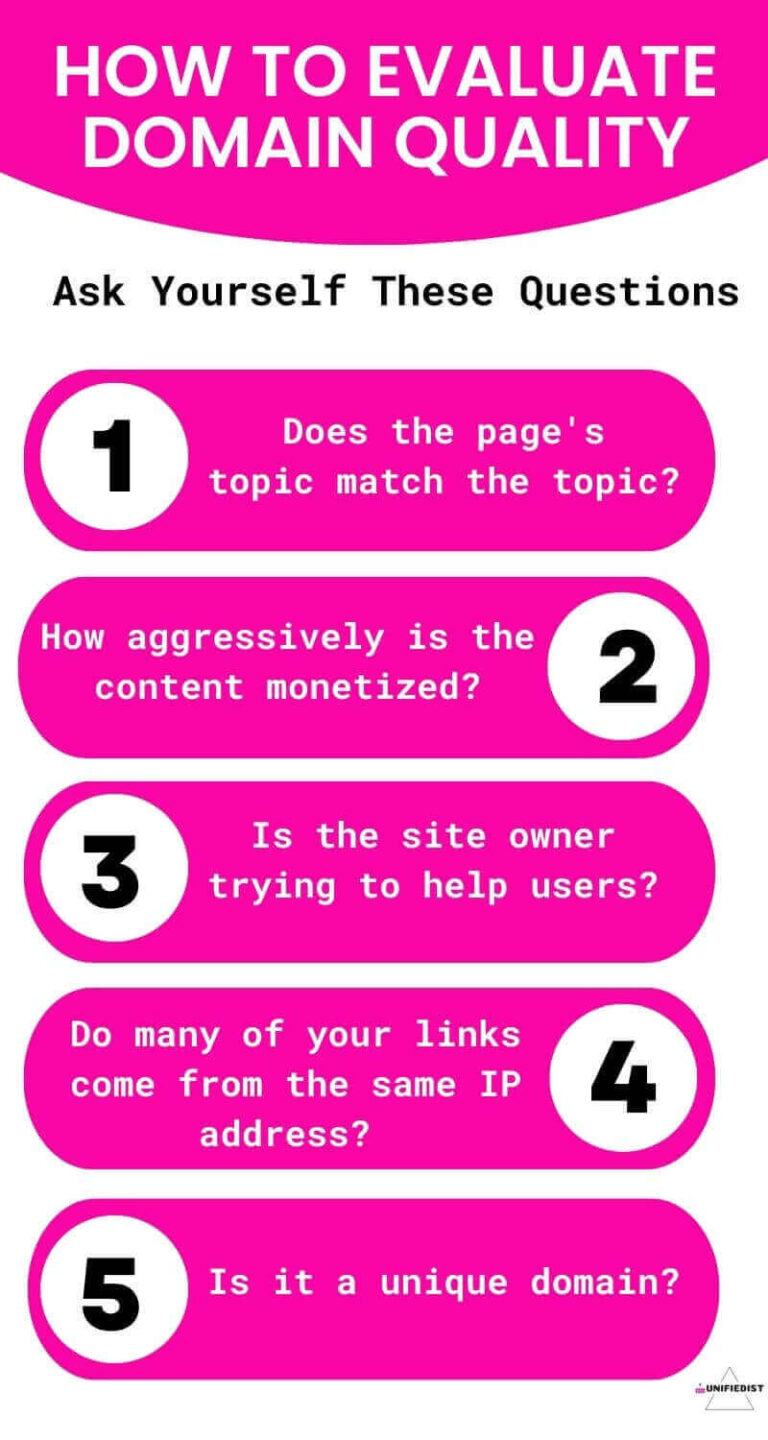
So what is a good DA score?
A brand-new website will always start with a Domain Authority score of one, increasing as the site earns more authoritative backlinks over time.
-
Domain Authority (DA) scores range from 1 to 100, and the domains with higher scores corresponding to a more excellent score will rank high.
-
Look at the DA scores for the sites you compete with directly on the search engine result page.
-
Then aim for a higher score than your competitors.
-
When investigating the sites within your target, SERPs, DA is best used as a comparative metric.
So determining good domain authority is different for each business. You must analyze your top competitors and draw conclusions tailored to your website based on your rankings and those of your competitors.
💡 Note: Moz also helps us to learn more about the Domain Authority update with the help of a presentation or explore how to use DA 2.0 metrics with this comprehensive whitepaper.
How to Check a Site’s Domain Authority?
You can check your Domain Authority using Moz’s Link Explorer, the tool’s name is Mozbar, which uses machine learning to score websites by evaluating multiple factors.
The main reason Moz’s tool is so famous is that,
-
They came up with domain authority in the first position.
-
By evaluating how many quality backlinks a site has, Moz’s tool also has one of the best crawlers to check authority.
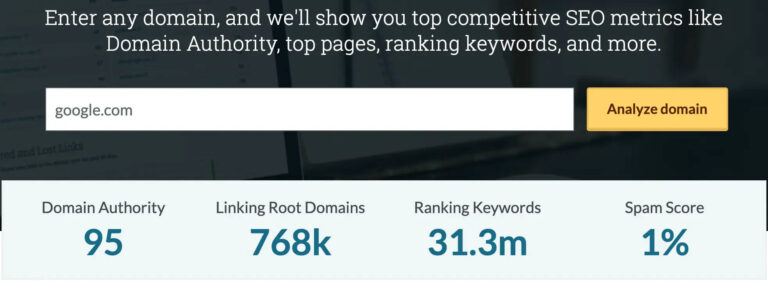
Image source Moz
Building your Domain Authority is a long-term strategy. It takes time, and we cannot see any immediate results. However, following these practices will help you increase your website visibility on SERPs to increase traffic to your site.
#3. Site Relevancy
Site relevance is the next significant factor to consider when working on your link-building in SEO is the website’s relevance. Focus on the relevance of the site that’s linking back to your site, just like search engines review the PA and DA of the website.
According to the studies done by Backlinko, Google considers a site relevant if its content is closely similar to your site’s content.
For example, if you have a digital marketing site, and the backlink comes from a lifestyle site; then Google may not consider it a relevant link. So remember to keep websites from your niche.
#4. Link Position
Link position can also impact your search results, you may not consider the position of your link as an essential factor.
Google considers the first link on a specific web page more authorized than the others; moreover, the value of your links decreases if there are a lot of links on the same page.
Consider the placement of your backlink because the more valuable your link will be if the fewer links the page has,
A basic web page has five sections:
-
Header
-
Footer
-
Right Sidebar
-
Left Sidebar
-
Body Content
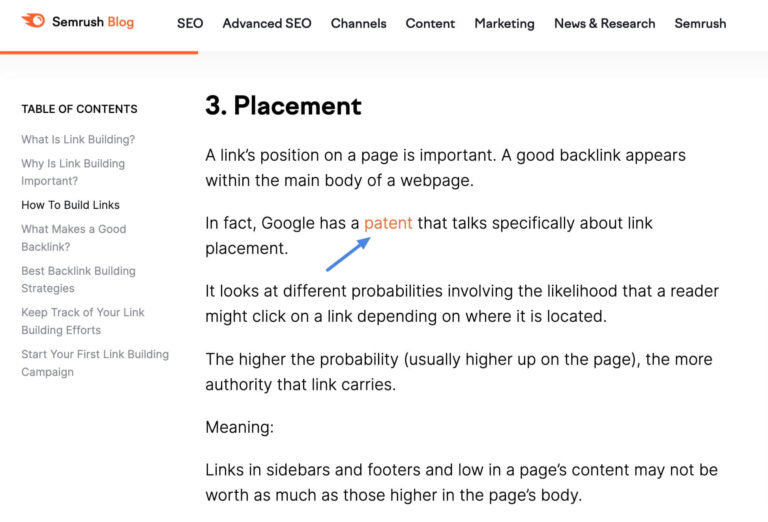
Image Source – Semrush
The link’s location in body content will also significantly influence the link juice it passes. It is more critical to the page’s content and more valuable to the reader if the link in a page is higher up. Therefore, those links will pass more value than links that occur lower in the blog post.
#5. Link Anchor Text
Verifying your anchor texts is another main tip to correctly asses backlink quality for your website. Anchor text is the displayed text on a webpage. Clicking on anchor text will redirect you to another webpage, and these are the texts in which you can add your links.

Image source – Semrush
Google checks the anchor text to determine the quality of your backlinks; using proper anchor text makes the link more helpful and relevant for the user.
Let’s see some types of anchor text,
Exact-match – It includes a keyword that mirrors the page that is being linked to Anchor text is “exact match.” For example: ‘link building’ links to a page about link building.
Partial-match – Anchor text that includes a keyword variation linked to the page. For example: ‘SEO strategies’ link to a page about SEO.
Branded – An anchor text known as the brand name. For example: ‘Moz’ links to a post on the Moz Blog.
Best Practices of Anchor Text Link Building
Best practices dictate that anchor text be relevant to the page you’re linking to rather than generic text. The web standard of anchor text is blue, underlined, the most commonly used anchor text. And through HTML code, it is possible to change the color and underline
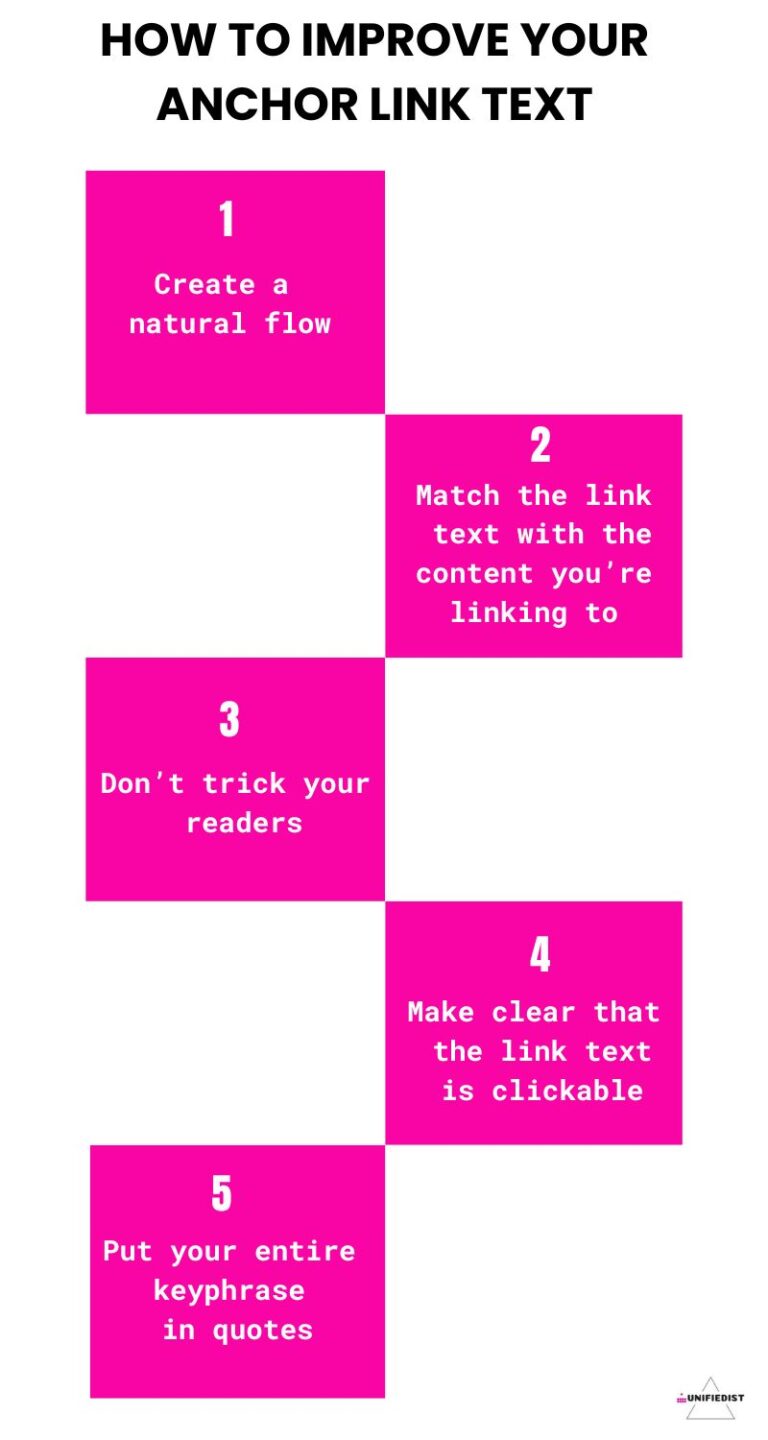
The importance of anchor text in terms of link building is as follows,
-
Anchor text as a ranking factor – Anchor text as a ranking factor is a word or phrase hyperlinked to a webpage. It signals search engines about the content on the linked page. While crawling a webpage, the search engine looks at the anchor text of the links on that page to understand what the linked page is about.
-
Anchor text as a signal of relevance to search engines – When a link is connected with text that accurately describes the linked page’s content. It helps search engines find the linked page relevant to the topic described by the anchor text. The anchor text can help to improve the linked page’s search engine ranking for that specific topic.
-
Anchor text as a way to distribute link equity – Anchor text is a way to distribute link equity, which is the value a link passes from one page to another. A link containing relevant, keyword-rich anchor text helps search engines understand that the linked page is valuable and relevant to that keyword. Anchor text can be a powerful tool in link building to help improve your website’s ranking and authority.
#6. Contextual Links
Contextual links are hyperlinks within the content of a webpage and are embedded within the text rather than placed in a separate section like a menu or sidebar. These links are typically underlined or highlighted and may appear in a different color.
The word “contextual” means these links are placed within the context of the surrounding content. Also, they are often used to provide additional information or resources related to the discussed topic.

Image Source – Neil Patel
Both readers and search engines find contextual links as valuable resources. They provide an easy way to access additional information on a topic for the reader without performing a separate search.
And from a search engine’s perspective, contextual links help to establish a webpage’s relevance and authority by indicating that it is connected to other relevant authoritative content.
Now let us see how contextual links help us to rank in search engines,
-
Referral traffic created by contextual links is more targeted. And it is driven by the context in which the links are placed. Also, they are targeted more than organic traffic. Due to the specific interests and needs of the reader, this type of referral traffic is highly targeted.
-
As backlinks pass on link juice from the linking page to the one linked to, then an in-content, contextual, do-follow link does, which makes them the best type of backlinks to focus on for your link-building efforts.
-
Contextual links to another authoritative source can increase your credibility if you have conducted thorough research and are well-informed in your niche.
#7. Dofollow
Dofollow links allow search engines to point back to your website and strengthen your authority. This is done by showing search engines what other sites, blogs, and posts link to you.
Always get a do-follow link whenever you get a backlink to your website.
You can quickly check whether your backlink is a do-follow link. Follow these steps,
-
Right-click on the link and then select “Inspect.”
-
You’ll see the link’s HTML source code and the nofollow attribute.
-
If it’s a nofollow link, contact the website and request a dofollow link.
What is a Nofollow Link?
Web pages with nofollow links have an HTML tag similar to
<ahref=”https://www.sitename.com/” rel=”nofollow”> Link Text </a>.
Backlink to what you determine are the most important pages on our site from your new posts, and the method of linking is called internal linking. Many of the pages that get linked to all the time will become one of your highest viewed and best converting on the entire website.
To increase your website’s traffic and to place them in SEPR on search engines like Google, you need to understand the power of do-follow and no-follow links.
Dofollow links help boost your website’s visibility and strengthen your authority, while nofollow links don’t directly impact your SEO ranking.
Final Thoughts
Creating a vital SEO link-building can be challenging, but it’s not rocket science. Link building in SEO is a major ranking factor that increases traffic, sales, and where you land on SERP. It shows search engines that your content is informative, helpful, and worth showing its users. With the right strategy, you can quickly supercharge your link-building SEO strategy to generate a strong backlink profile.
